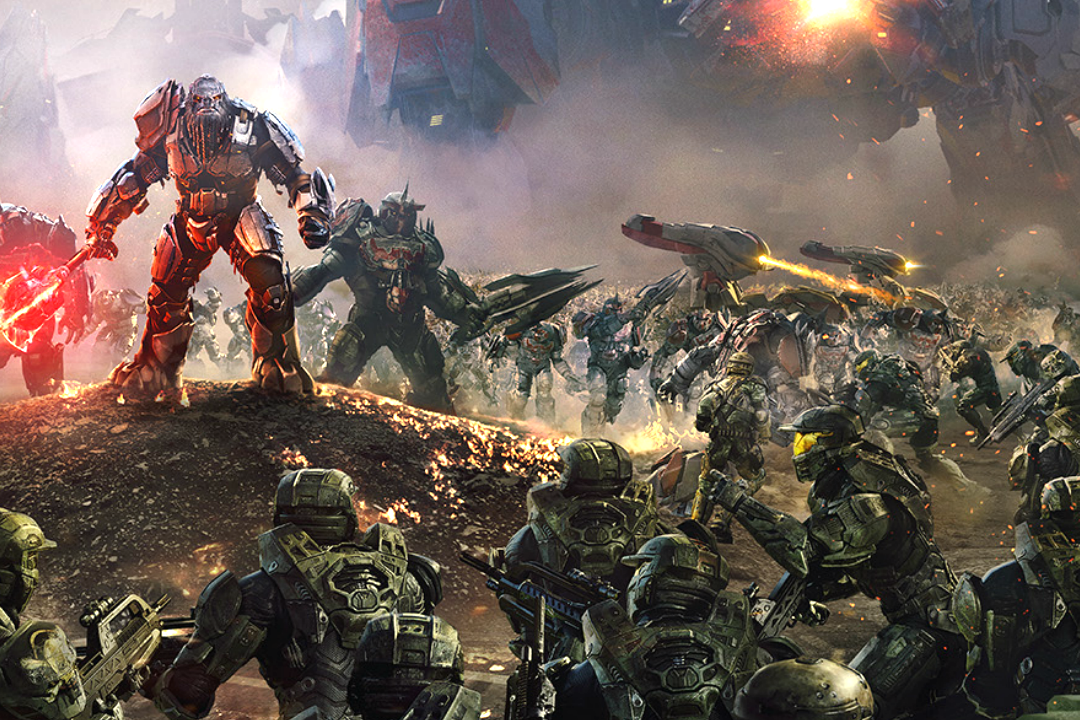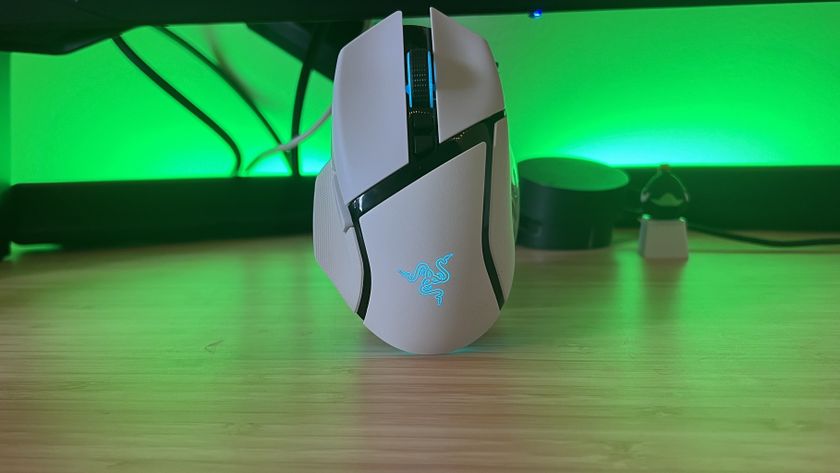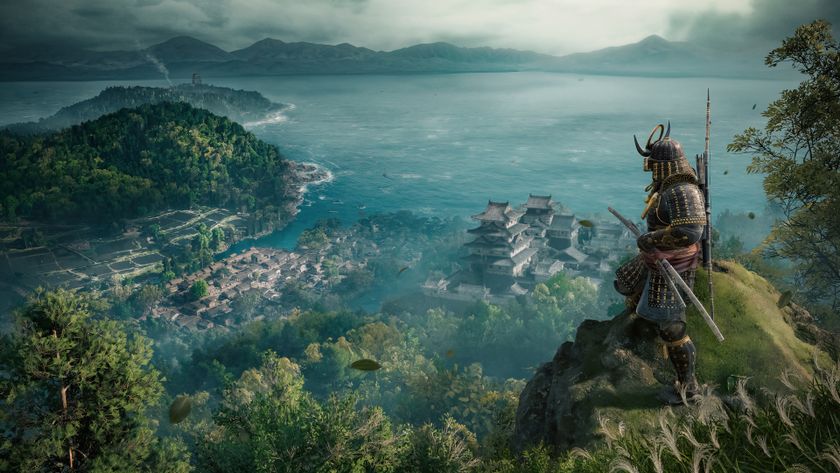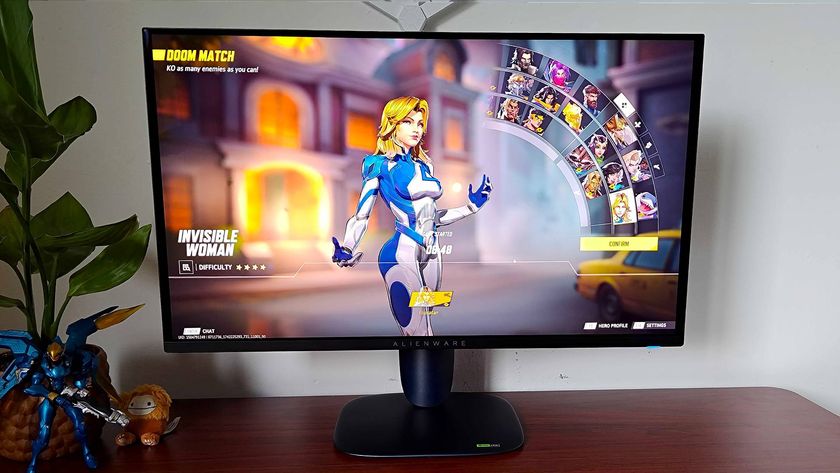GamesRadar+ Verdict
Blitz mode aside, Halo Wars 2 sticks with a tried, tested and slightly tired RTS formula that's competent, but lacking in depth and originality.
Pros
- +
Blitz mode is a blast
- +
Gamepad controls work very well
- +
Good story that adds to the Halo universe
Cons
- -
Unoriginal mechanics
- -
Few memorable campaign missions
- -
Doesn’t stand out from the competition on PC
Why you can trust GamesRadar+
Zerging is such a reliable strategy in Halo Wars 2 that I wonder whether I’m some kind of RTS prodigy without even realising it. But even if I indulge myself and pretend that’s the case, zerging isn’t really a talent I’d want to nurture, because I just don’t derive much pleasure from building an army and mindlessly hurling it at the enemy. Halo Wars 2 is at its most spectacular is when two huge armies collide in a battle to decide who truly is the zergiest, but it’s also at its most disengaging, and there were only a few moments in its single-player campaign where it felt like a truly satisfying RTS experience, rather than a simplistic one.
At its core, Halo Wars 2 is a traditional, speedy flavour of RTS that seems to be a dying breed on PC, and never really bred on consoles in the first place (the original Halo Wars being one of the few notable successes). You build bases at predesignated points on maps made up of pathways and cliffs, you gather resources, build and upgrade an army, and set off to wipe out the enemy. For better or worse, it really couldn’t be simpler.
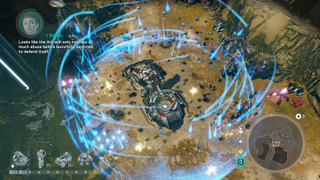
You can forget about modern RTS conveniences like foliage, formations, height advantages or ingenious flanking maneuvers. The majority of battles in Halo Wars 2 are won before you even start them. Not that it’s completely bereft of micro-management; new to the series are control groups, which let you split your army into multiple regiments. Early on, I experimented with creating well-balanced little battalions this way - for instance a trio of the bipedal Cyclops units who are handy against vehicles with a trio of anti-air Wolverines to give them cover - but seeing as troops are so expendable and there’s no option to save your control groups so you can easily recreate them, I quickly found this little crevice of tactical depth too fiddly.
The greatest achievement of the original Halo Wars was its control scheme - arguably the greatest ever implementation of RTS controls on a gamepad. This carries over into Halo Wars 2: RB selects all units on screen, holding A draws a circle within which you can select more than one unit, while the D-Pad just about does the job in letting you manage your control groups. You get to grips with it quickly, and in some ways it feels easier than the mouse and keyboard (such as the radial menu for leader powers and building, controlled by the right stick). Naturally, mouse-and-keyboard still has the edge, but for once it doesn’t feel like the gamepad is second fiddle.
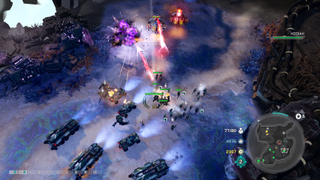
This being Halo, there’s a good chance that fans are picking it up as much for the story as the play-it-safe mechanics. Halo Wars 2 begins 28 years after the original, as Cpt. Cutter and the crew of the Spirit of Fire awaken from cryo-sleep to find that a new power has arisen in the galaxy. The auld Halo enemy, The Covenant, has been overthrown by the Banished - Brutes who have been inspired to self-determination by their leader Atriox, rebelling against the The Covenant and getting ahold of some pretty powerful planet-munching tech in the process. It’s up to the presumably sleep-groggy crew of the Spirit of Fire to stop them.
It’s a classic underdog story, embellished by cut-scenes by the brilliant-as-ever BLUR Studio. 343 Industries has also introduced some new characters, among them the ambery AI Isabel (who spends a bit too much time whining about how screwed you are and how monstrous the enemy is, but her look and demeanour is a welcome contrast to the icy, more classical Halo AIs of yore). Then there is the tribalistic yet oddly dignified warlord Atriox, in whom the series could well have found a compelling villain who we’ll see more of in years to come.
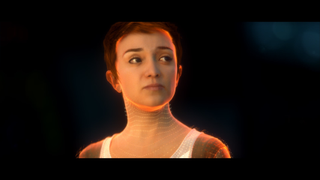
The Roland Emmerich-style cutscenes in the campaign are so flashy that they do no favours for the relatively plain graphics of the game’s units and environments. Not that you’ll spend much time sitting around critiquing them, as you’re never more than five minutes away from a spectacularly explosive showdown that sends it all up in smoke.
The presentation is lifted by the crispy, bassy sound design, achieved by using recordings of actual Sherman tanks, guns and flamethrowers before processing them to sound more futuristic. As bleak distant-future wars go, it sounds fantastic, as does the orchestral score that swells and subsides to the ebb and flow of the action on-screen.
The campaign is divvied up into a variety of scenarios - from semi-stealthy sniper missions, to Domination matches, by way of battles where you can’t build bases and need to survive with the troops you have until reinforcements arrive. It’s a decent mix, though the only mission that really stuck in my memory was when I had to defend a beach from a Banished amphibious assault (wars and beaches always seem like the perfect cocktail). Zerging was a strict no-no here, and the map was more open than in other missions. I had to split my army and meticulously dot it around the map, switching between them quickly and ensuring they were well-balanced with air, infantry and vehicle units. It had a tense, back-to-the-wall feel that Company of Heroes was so great at evoking, and was one of the few campaign moments where I felt like I was managing an army, rather than just building one.
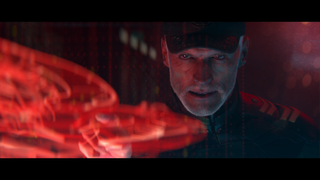
While the co-op and standard competitive modes like Deathmatch, Strongholds and Domination are self-explanatory, Blitz is the real standout on the multiplayer front. Moving away from the tiring traditionalism of the rest of the game, it replaces base-building with decks of cards that you use to build armies. You have five cards in your hand at any one time, and play them to spawn troops wherever you want on the battlefield. Playing cards costs resources however, which you need to scramble around the map to pick up.
While you’ll inevitably start off zerging, you soon become more deliberate - positioning Kodiak artillery tanks so they can heckle enemies from distant parts of the map, leaving a single unit hidden near a capture point so you can spawn an entire army on it when need arises, or shuffling a card out for 50 Resources in the semi-calculated hope that a powerful Leader ability may be shuffled in, turning a battle on its head. With its frantic 5-minute matches, goofy countdown commentator and high skill ceiling, Blitz captures the current online gaming zeitgeist, and is the one area of Halo Wars 2 that feels forward-thinking instead of settling for a formula that’s little different to that seen in Total Annihilation 20 years ago.
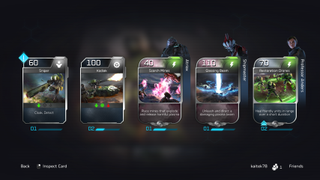
Finding a compromise between designing an RTS for consoles and PC isn’t easy (hence so few developers have tried it). Halo Wars 2, however, isn’t a compromise, it’s a console RTS ported to PC. Its competent but simple mechanics are wrapped around a good story that caters mainly to fans of the Halo universe.
Creative Assembly deserves props for the relentlessly zany Blitz mode, which throws up a curious vision for a direction that RTS could take in the future. I just wish that some of the creativity that went into making this genuinely fresh mode somehow permeated through the rest of the game.
More info
| Genre | Real-Time Strategy |
Rob is a freelance games journalist, SEO and content manager. He's written for PC Gamer, GamesRadar, Kotaku, Rock Paper Shotgun, WhatCulture, NextPit, PCGamesN, VG247, Eurogamer, TechRadar, and more.
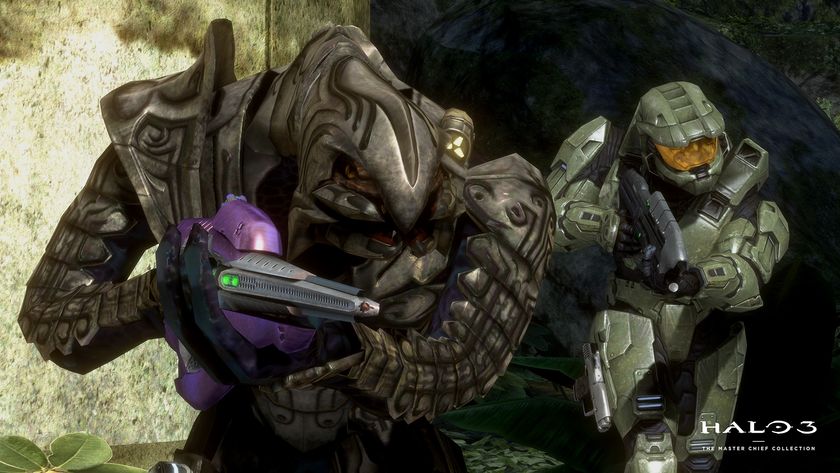
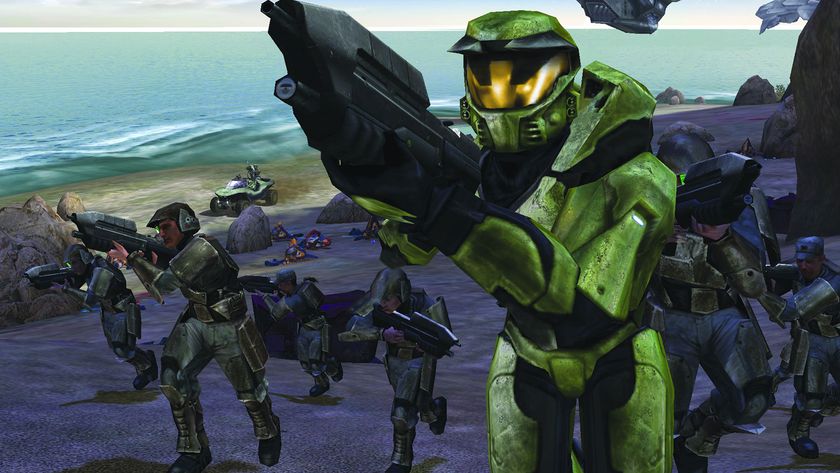
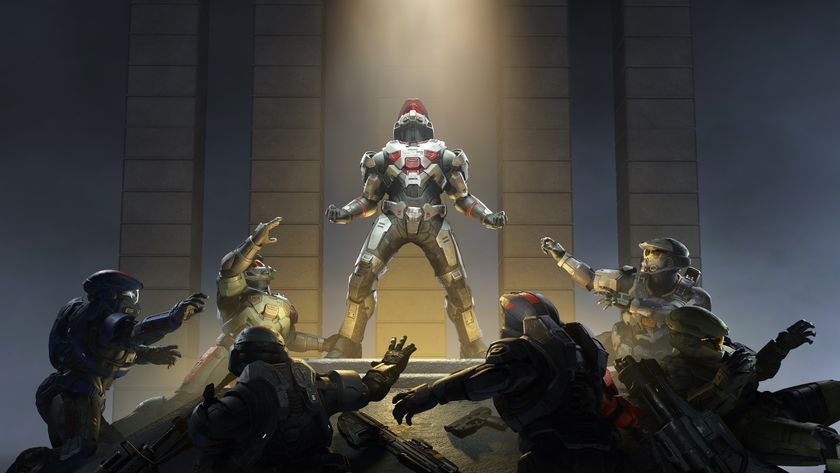
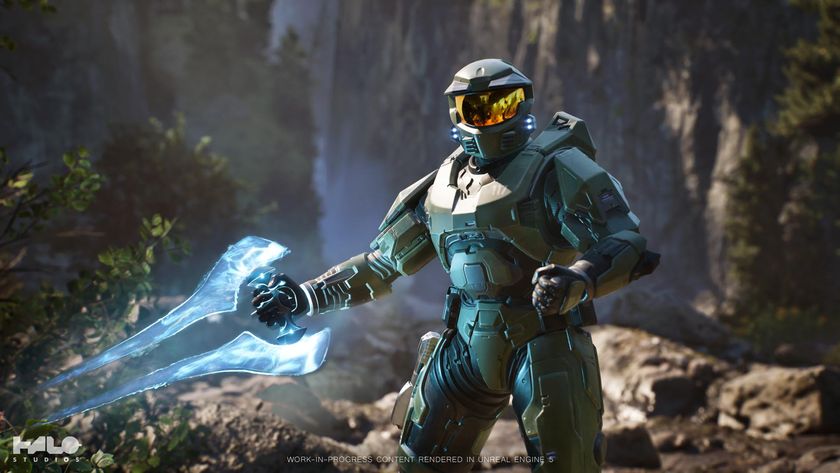
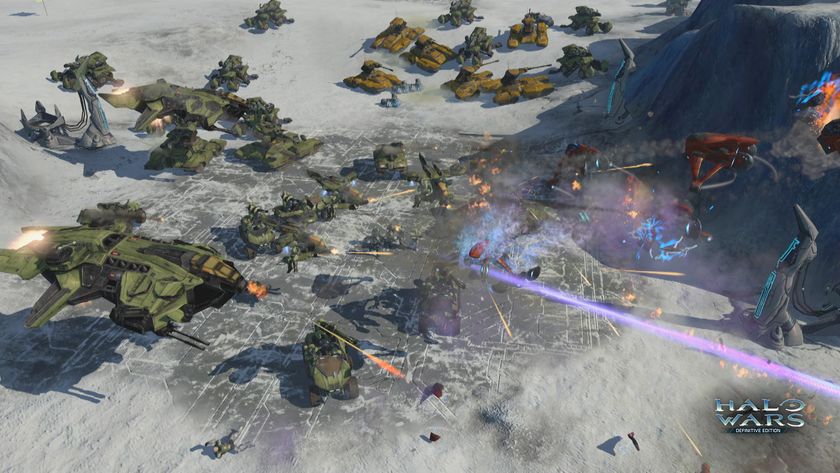
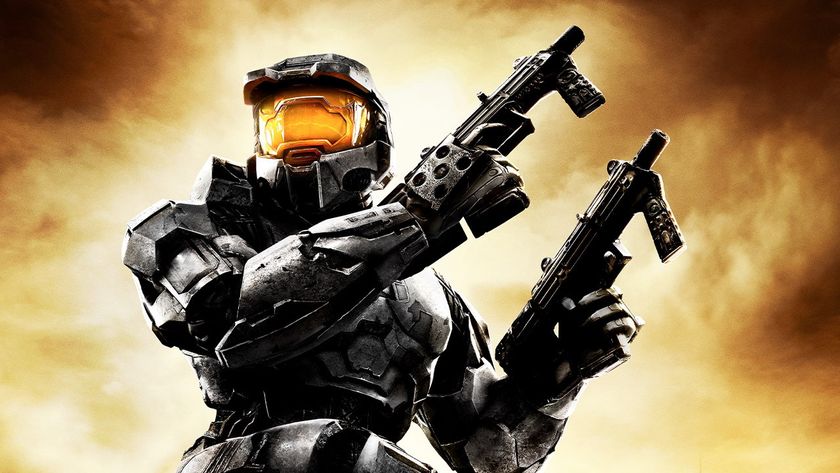





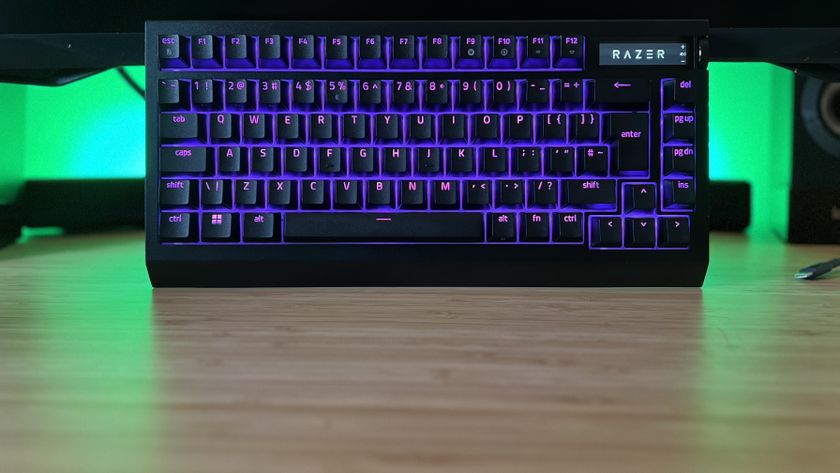

Where to buy Pokemon Destined Rivals before resellers get to the latest TCG set
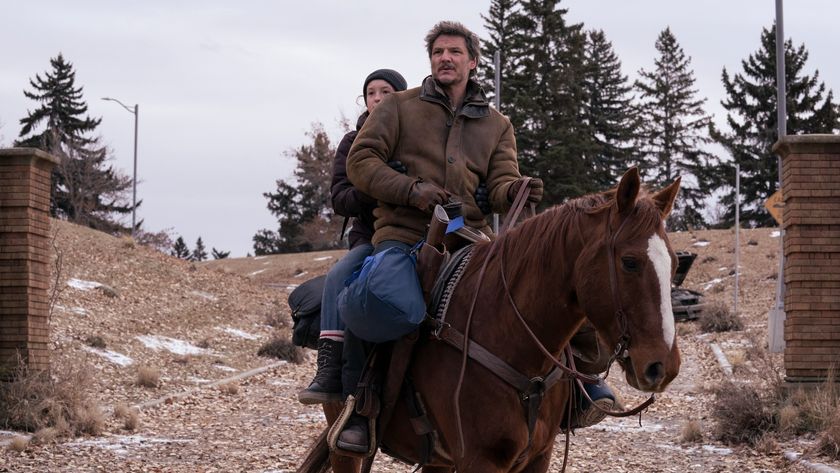
The Last of Us showrunner Craig Mazin praises Bella Ramsey and Pedro Pascal for "spectacular" take on one of Part 2's most iconic scenes in season 2

Billy the Puppet gives Saw fans some hope on the future of the horror franchise by updating his LinkedIn profile to "employed"
